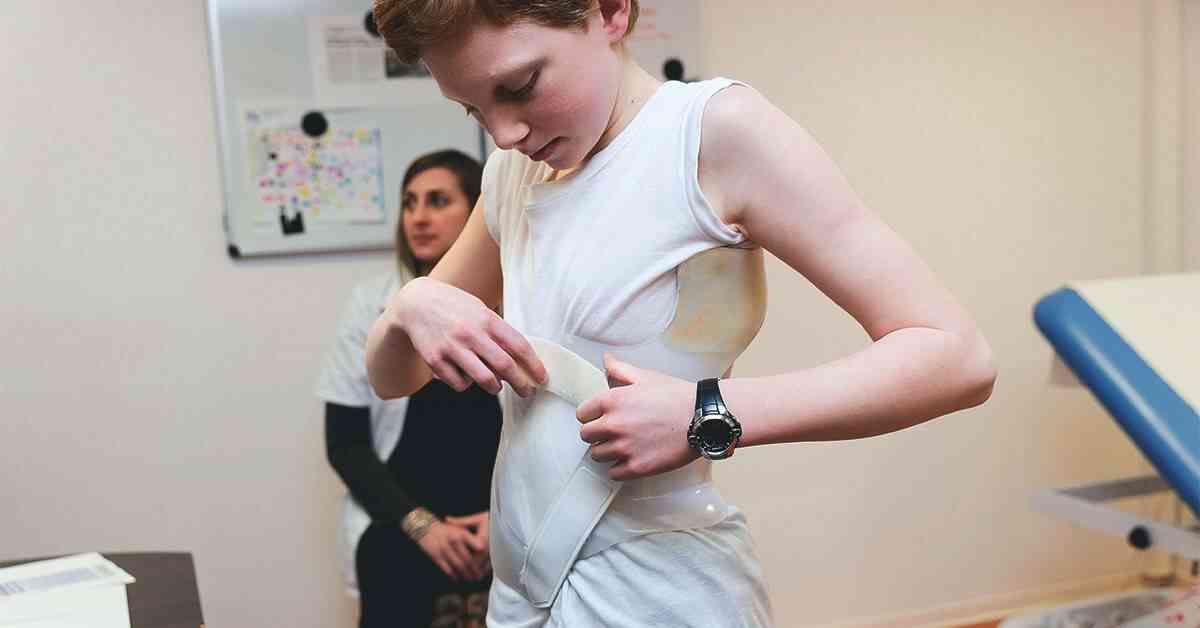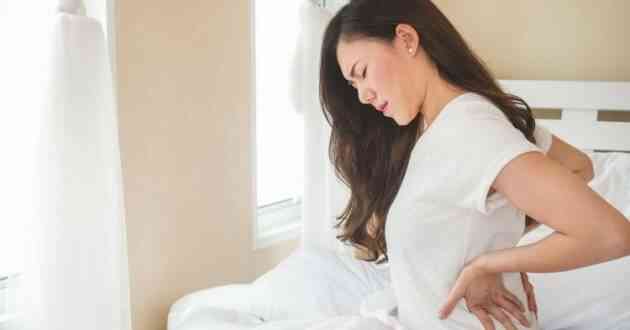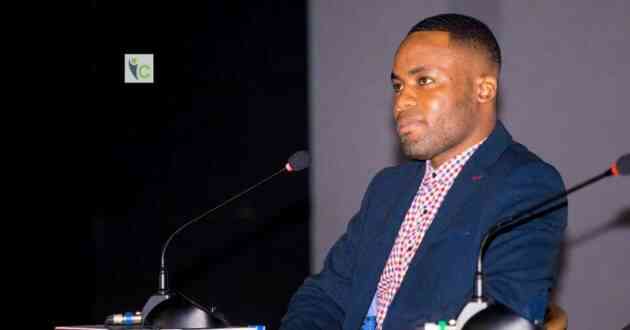7 Main Treatments For Scoliosis
- - Category: Diseases & Conditions
- - 30 Aug, 2022
- - Views: 466
- Save

The treatment plan for your scoliosis is determined by your age and the severity of your spine curves.
We don't usually pay much attention to the shape of our backs. Simply put, it's relatively flat and straight up and down. However, if you have scoliosis, your spine curves in a different way than the average person's.
Scoliosis affects 2 to 3% of the population or approximately 6 to 9 million people. It primarily affects children and develops before their bone growth is complete. Even so, adolescents with scoliosis may develop it as adults, or scoliosis may develop in the womb.
Despite the fact that scoliosis is a spinal abnormality, the majority of cases are considered mild and almost never cause any problems or back pain. It is a common misconception that scoliosis is caused by poor posture, heavy backpacks, or a lack of milk.
Most types of scoliosis have unknown causes. Some are caused by an underlying condition, such as muscular dystrophy or cerebral palsy, while others are caused by congenital issues that occur at birth.
The treatment plan for your scoliosis is determined by your age and the severity of your spine curves.
1. Observation
Observation is the cornerstone of treatment for people who are asymptomatic, have curves less than 25 degrees, or have stopped growing. A doctor will simply monitor the curvature in this case.
Curves may stabilize and never require bracing or treatment. You could go to the doctor every four to six months to see if the curves have gotten worse.
2. Scoliosis brace
One of the most common scoliosis treatments is bracing. In someone who is still growing, it is recommended for curves greater than 25 degrees but less than 45 to 50 degrees.
Bracing is used to keep the spinal curve from worsening. The ultimate goal is to avoid having to undergo surgery. Your child will most likely wear the brace for several hours each day, according to the doctor's instructions.
3. Physical therapy
Physical therapy is the primary treatment for almost everyone with scoliosis, especially those with neuromuscular scoliosis or children with early onset scoliosis.
When scoliosis is present, physical therapy can help treat underlying diseases such as cerebral palsy or muscular dystrophy.
4. Casting
Casting is frequently used to try to correct scoliosis in infants and toddlers because they are too young for – or may not require – surgery.
Furthermore, making a brace for a small child is difficult. Gentle traction via the cast can aid in curve correction. Under the cast, a soft liner and padding protect the skin, and a hole allows the stomach to expand for eating and breathing.
This procedure is performed under general anesthesia because the child must be completely still. It completely corrects the curvature in 30 to 50% of cases, but it is critical to begin casting early.
5. Halo gravity traction
Some children with severe scoliosis may have curves in their spine that pinch the spinal cord or cause compression, making breathing difficult.
A halo, or metal ring, surrounds the child's head and connects to a pulley system on his or her bed, walker, or wheelchair. Gentle traction aids in the elongation of the spine and the stretching of soft tissue.
It is used to treat severe curvatures, usually in preparation for surgery, to reduce curvature prior to surgery. Although wearing the halo is not painful, children must remain in the hospital while wearing it.
6. Alternative treatments
Pilates can help you strengthen your core and increase your flexibility. This is extremely beneficial to the back and can alleviate pain. It has an effect on the progression of scoliosis.
Yoga, chiropractic care, and massage therapy can all help with discomfort and back pain, but they won't change your curvature.
7. Scoliosis surgery
Scoliosis surgery is reserved for people who have curves that are greater than 45 to 50 degrees and/or who are at risk of worsening once the growth cycle is over.
Decompression of nerves that can become pinched in areas of arthritic buildup or structural collapse, focal reconstruction of structurally failed areas, and complex reconstructions with scoliotic curve correction through realignment and fusion are all types of surgery.
That is a lot of medical jargon. It may appear to be overwhelming, but your doctor will go over the options that are most important to you or your child.



